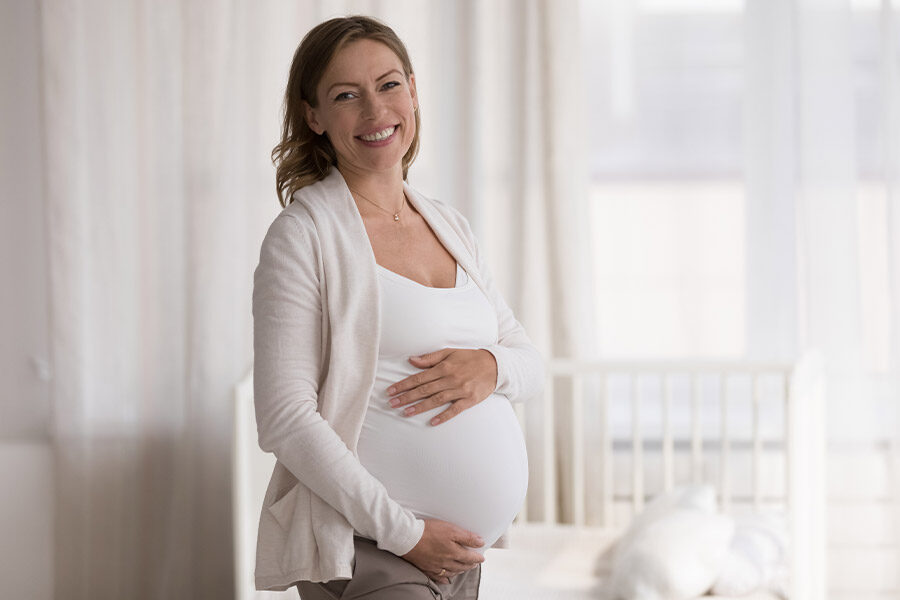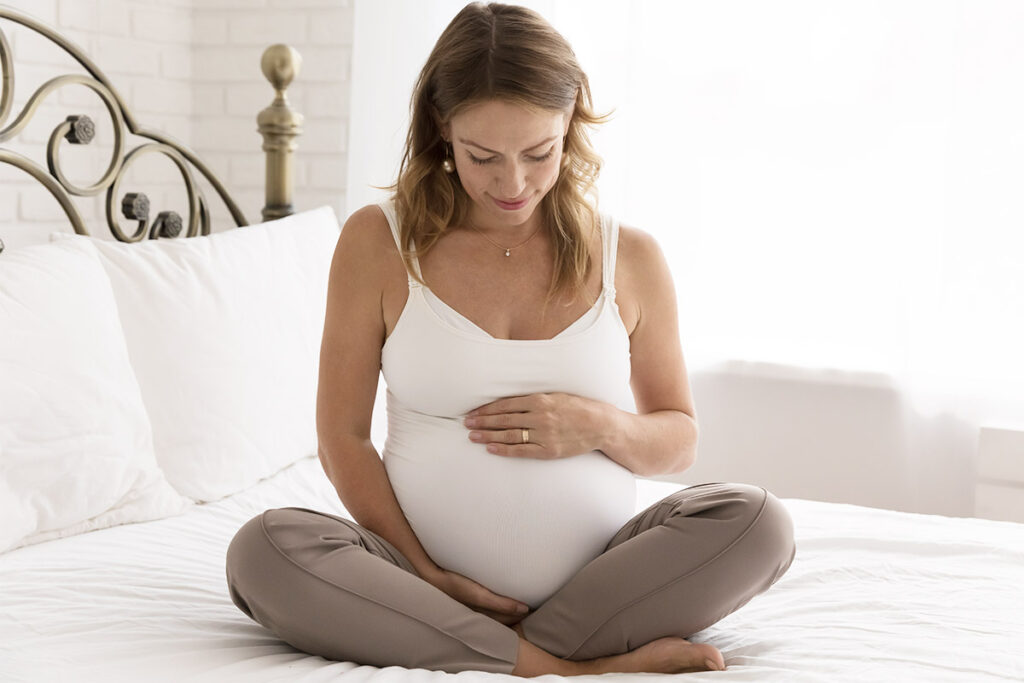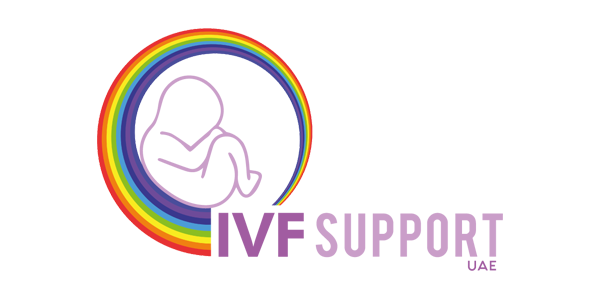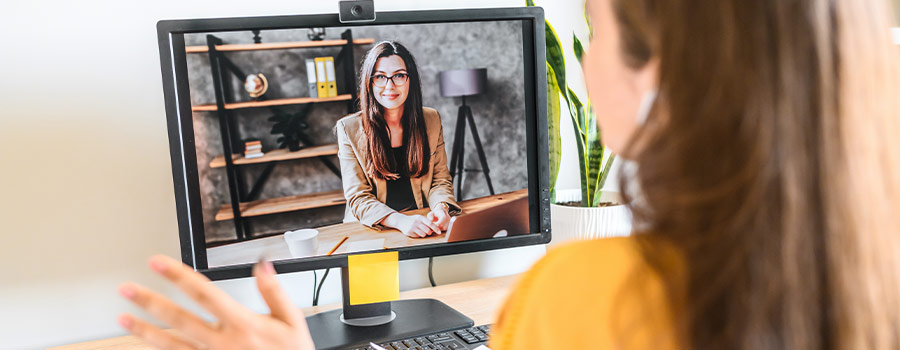In vitro fertilisation (IVF) is an assisted reproduction technique that consists of fertilising eggs with sperm in the laboratory in order to create embryos, which are then transferred to a woman’s uterus so that they can continue their development there.
Taking this as a starting point, the range of IVF possibilities is very wide, and the use of one or other options will depend on each woman’s or couple’s situation. For this reason, before making a decision, you should discuss it with a specialist, and after a series of tests, choose the most suitable option: IVF using your own eggs and your partner’s sperm; IVF using your own eggs and donor sperm; IVF using donor eggs and your partner’s sperm (“egg donation”); IVF using donor eggs and sperm (double donation); or the ROPA method, for female couples.
IVF using your own eggs and your partner’s sperm
This first option consists of fertilising the eggs previously extracted from the woman’s ovaries in the laboratory with the partner’s sperm. It is the ideal technique when there are not enough sperm for artificial insemination, or when the fallopian tubes are blocked or damaged. It is also recommended if there have been several unsuccessful attempts at artificial insemination.
IVF using the woman’s own eggs and donor sperm
In this case, the eggs previously extracted from the woman’s ovaries are fertilised in the laboratory with a donor’s sperm. This procedure is the usual one for women who wish to become single mothers, or whose partner is another woman, or after several unsuccessful IVF attempts with the partner’s sperm and it is suspected that the origin of the failures may be from the male partner or that the man has azoospermia (absence of spermatozoa). It is also appropriate when the man has a chromosomal abnormality or a genetic disease that cannot be solved by pre-implantation genetic diagnosis.
Egg donation
IVF using donor eggs and the partner’s sperm is known as egg donation. This technique uses donor eggs and then follows the same process of fertilisation with the partner’s sperm in the laboratory and transfer to the uterus of the woman who wishes to become a mother. This method is mainly used when there is a particular problem with a woman’s ovaries, such as a low ovarian reserve; if she has a known genetic disease or chromosomal abnormality; when the patient presents with a disease that contraindicates ovarian stimulation or in the case of having made several unsuccessful attempts using her own eggs.
Double donation
Double donation consists of using the in vitro fertilisation technique with donated eggs and sperm. This technique is used when, for whatever reason, eggs cannot be obtained from the woman (low egg reserve, genetic diseases, impossibility of ovarian stimulation) and we cannot obtain sperm from the partner (azoospermic males, women without a partner, female couples or when the patient(s) have undergone in vitro fertilisation treatments with their own gametes and have not achieved pregnancy.
ROPA Method
Finally, the ROPA method (“receiving oocytes from the partner”) is a version of in vitro fertilisation treatment that is aimed at female couples who decide to have a baby together and want to actively participate in the treatment: one provides her oocytes, which are fertilised with sperm from a donor, and the other receives the embryo in her uterus and carries the pregnancy. By using this method, both women are mothers: one is the genetic parent (she provides the egg) and the other is the carrier (she gets pregnant). It is an ideal technique for female couples who wish to actively participate in the pregnancy.
How does the process work?
The IVF treatment process involves two phases: the medical assessment, initial consultations and tests, on the one hand, and the technical procedure, on the other. The first of these is carried out by NOW-fertility, whereas the procedure is performed at Eugin, a leading centre in assisted reproduction and fertility on a global scale which, since its inauguration in 1998, has been treating thousands of patients from all over the world every year at its centres in Barcelona and Madrid, providing around 8,000 treatments a year.
Assessment, first consultations and preliminary tests at NOW-fertility: at this very first point of contact, the patient has a virtual appointment with a
NOW-fertility Care Coordinator, who is responsible for compiling all the required information before arranging a virtual consultation with an experienced Fertility Consultant, who reviews the case, proposes an individualised treatment plan and organises diagnostic tests if needed. A member of the NOW-fertility nursing team will also be involved to explain the treatment protocol and any relevant medication that may be required, and to ensure that the relevant consent forms are signed.
Technical procedure at Eugin
In general, the IVF procedure is carried out in different stages depending on whether the patient uses her own eggs or relies on egg or sperm donation. In the case of patients who undergo the treatment using their own eggs, four phases are followed:
- Phase 1: Stimulation and monitoring of the ovaries. Hormones are administered to stimulate follicular growth and increase the chances of success. At the same time, the progress of the cycle is monitored by ultrasound scans to check that the number and size of the follicles and the growth of the endometrium is correct. The NOW-fertility team are responsible for organising monitoring throughout this stage.
- Phase 2: Egg retrieval and in vitro fertilisation. Once this first stage of the treatment has been completed, it is time to move on to the technical IVF procedure, which is carried out at Eugin’s facilities in Barcelona or Madrid. Through ovarian puncture and vaginal aspiration of the follicles, the eggs are retrieved while under deep sedation. After evaluating the mature eggs, they are then fertilised with motile sperm retrieved from the partner’s sperm sample or from the selected donor.
- Phase 3: Embryo transfer. After being fertilised in the laboratory, the embryo begins to develop in culture, and on the fifth day the selected embryo is transferred to the woman’s uterus.
- Phase 4: Freezing of non-transferred pre-embryos. To be used in subsequent cycles if pregnancy is not achieved on the first attempt or if the woman wants to get pregnant a second time.
Patients who undergo IVF using donor eggs do not undertake Phase 1 and 2, which will be carried out by the donor selected specifically for the patient. Instead, an endometrial preparation will be performed beforehand, in a natural or substituted cycle, in order to prepare the patient for the embryo transfer.
After the embryo transfer, it is time for what is known in assisted reproduction as the ‘two-week wait’, a period of approximately two weeks, leading up to the pregnancy test. During this time, the NOW-fertility team are always available to answer any questions the patient may have until the treatment outcome is known and the next virtual consultation with the Fertility Consultant takes place.
Author: Eugin Clinic
Founded in Spain in 1999, Eugin is part of one of the world’s leading assisted reproduction groups, with NOW-fertility centres of excellence in Barcelona and Madrid.
Are you considering IVF treatment in Spain?
If you would like to speak with a NOW-fertility expert to learn more about fertility treatment in Spain, then please click below to get started.







